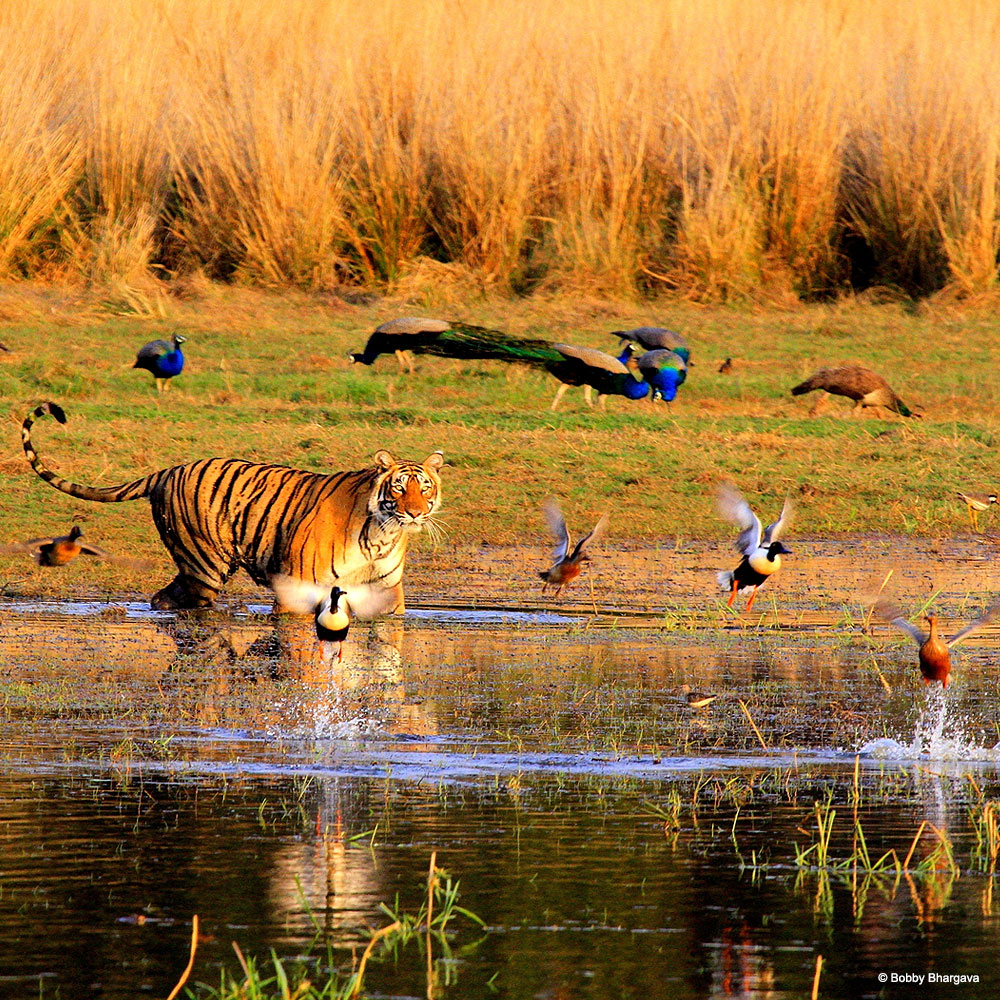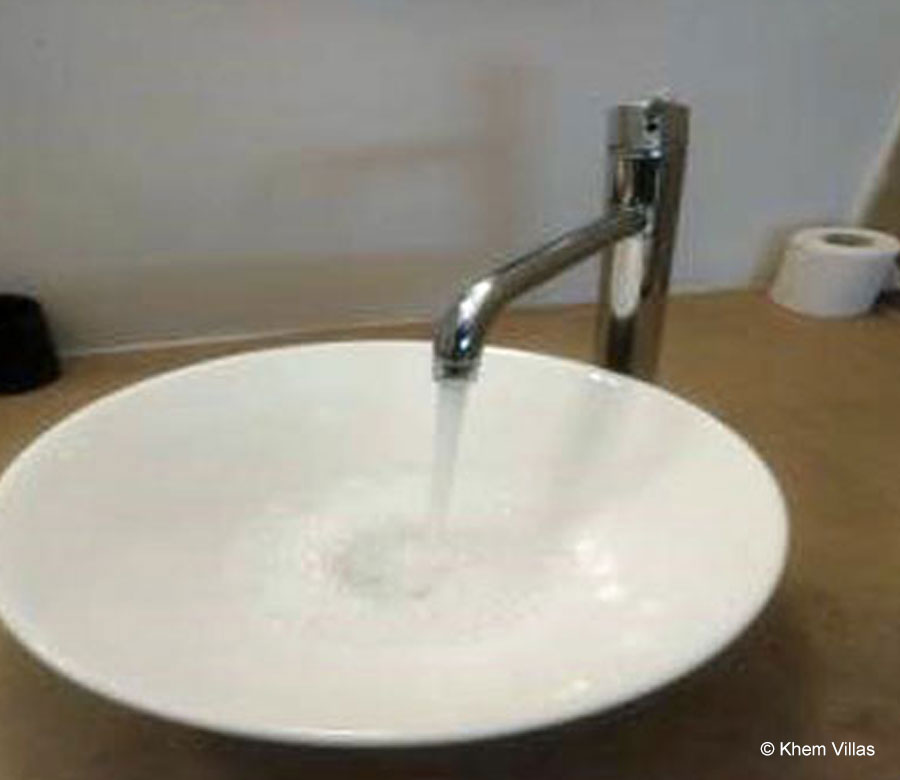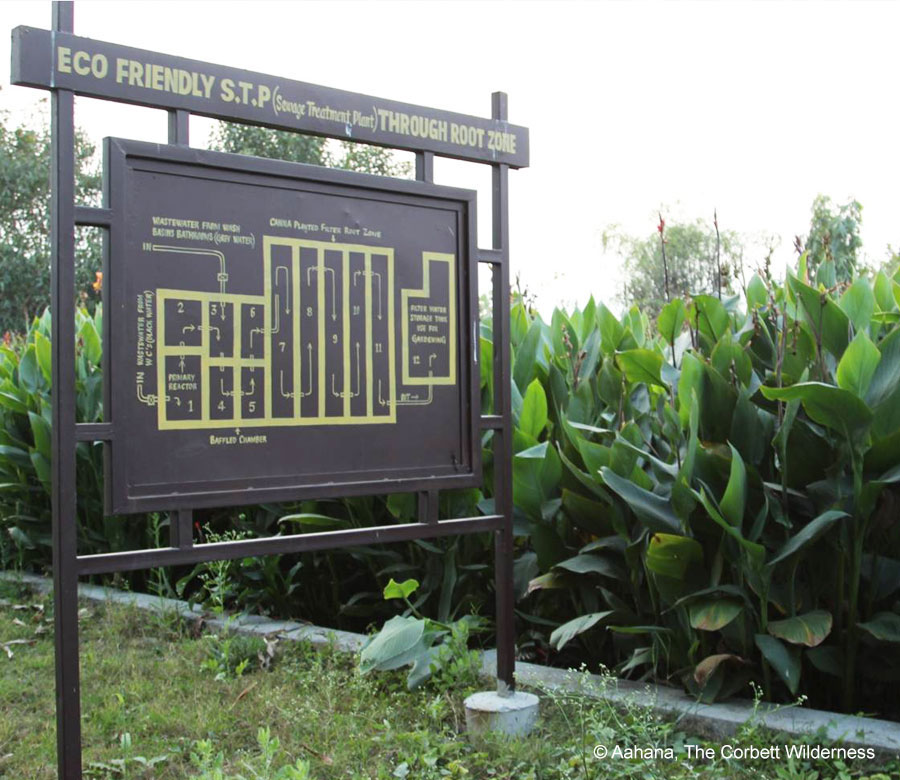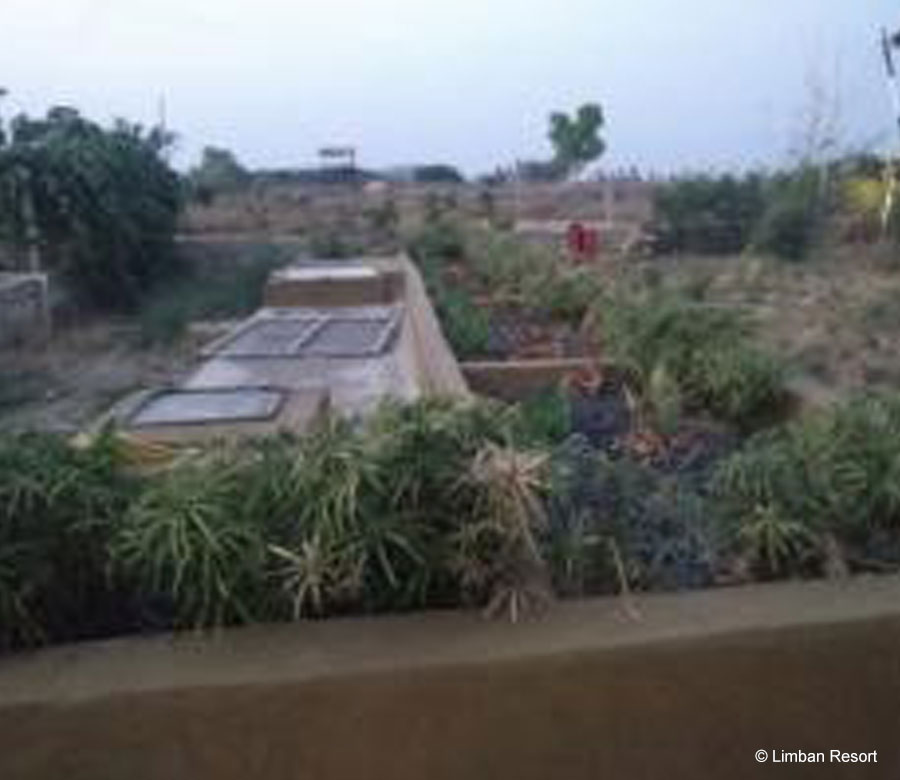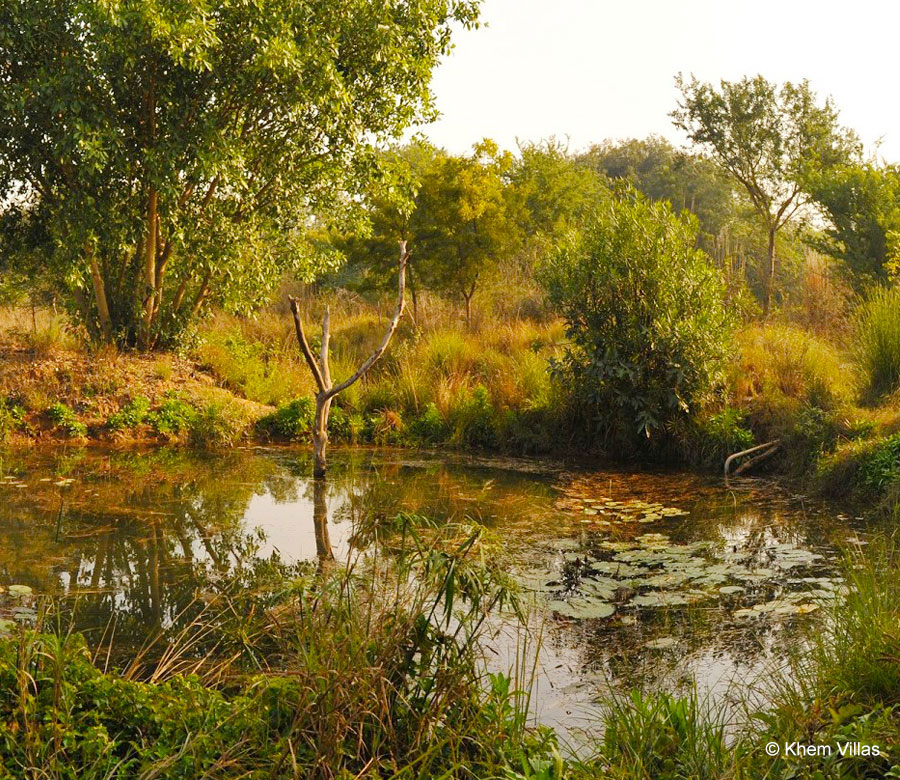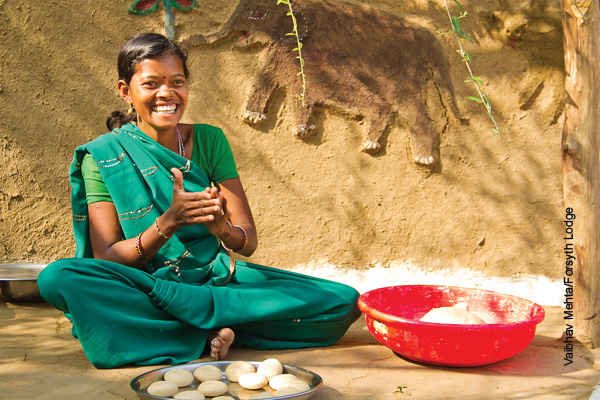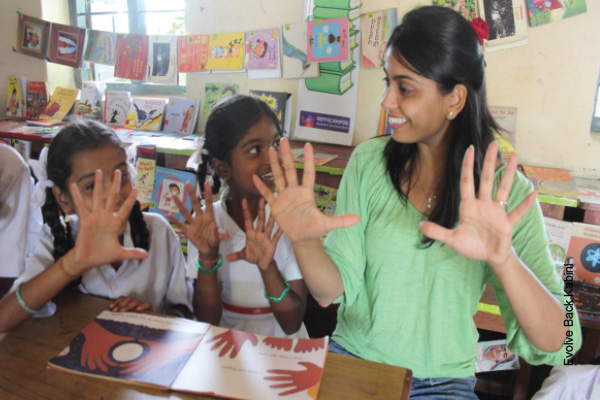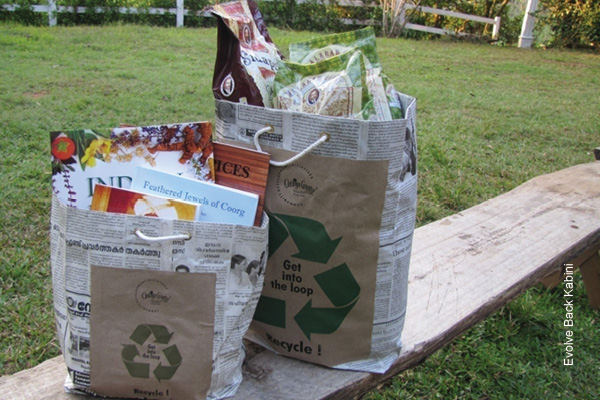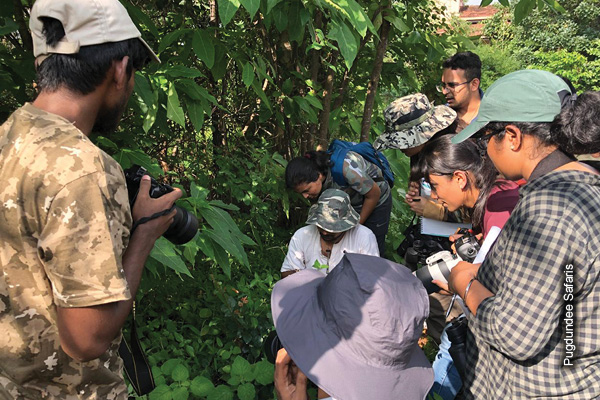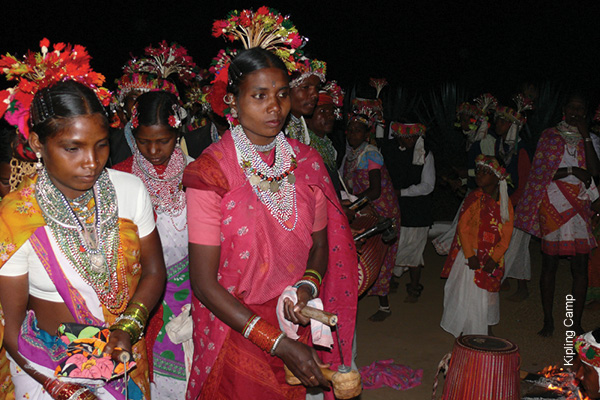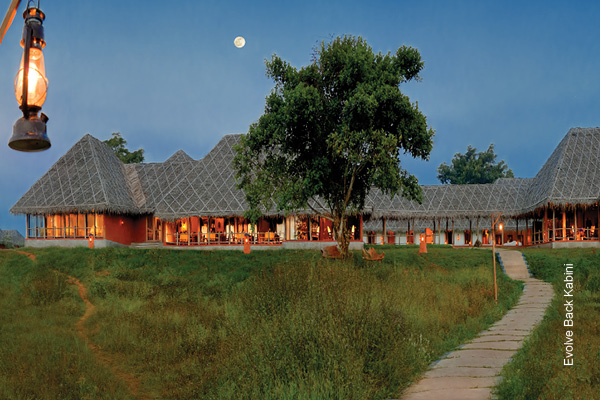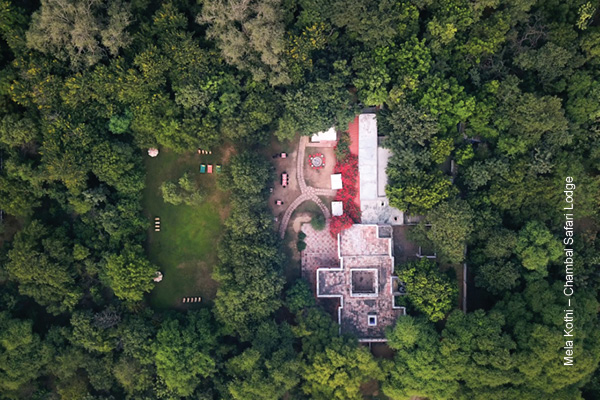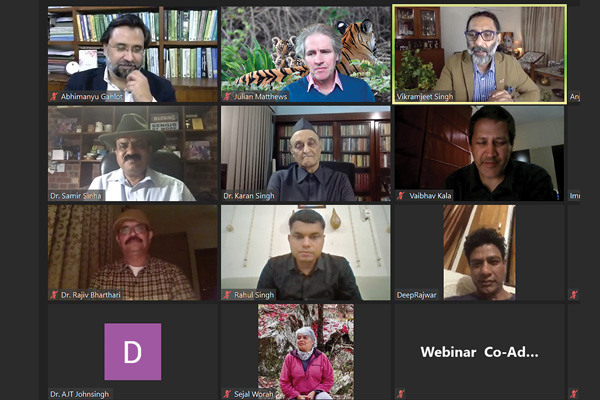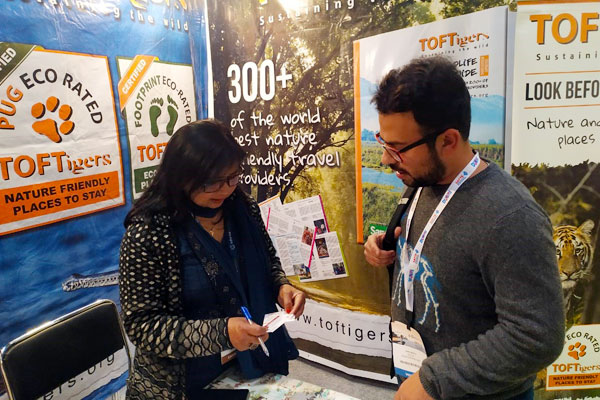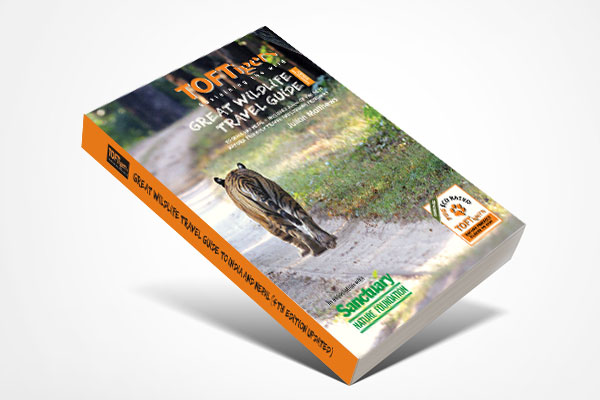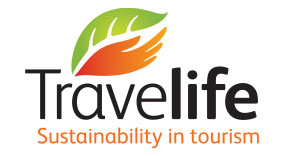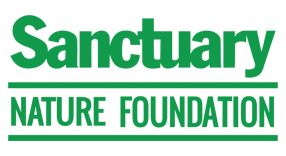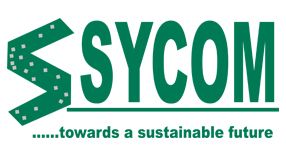Water Conservation and Treatment
Part of TOFTigers Best Practice Series
WHY IT'S IMPORTANT
The world is facing a global water crisis with increasing demand, worsening water pollution and rising extremes in weather due to climate change bringing challenges with drought and flooding. India currently stores only 6% of its annual rainfall, relying heavily on groundwater resources. While its annual water requirement is about 3,000 billion cubic metres, the country receives an average of about 4,000 billion cubic metres of rain every year. So why doesn’t the maths add up? India fails to utilise about three quarters of the water received from the sky. The rest is lost!
More than 160 million people in India do not have access to clean water – the highest in the world. India is placed at 120 on a list of 122 countries on the basis of quality of water. Lack of access to clean drinking water is a serious public health issue. In 2018 alone, seven deaths a day in the country were attributed to polluted water.
Nepal, too, suffers from a water crisis fuelled by the indiscriminate dumping of industry, domestic waste and untreated sewage into its rivers and lakes. The 2015 earthquake further aggravated this situation by destroying water systems and networks, leaving many residents with little or no access to safe drinking water.
With tourists consuming up to 200 litres per day, the need to conserve and recycle water, harvest monsoon rains, and replenish groundwater is paramount. Creating water bodies will help to attract an abundance of wildlife for your guests to enjoy. Appropriate wastewater treatment not only helps to protect the pristine wilderness and the health of all who reside there but can save water through recycling for uses such as irrigation and toilet flushing.

EXAMPLES OF GOOD PRACTICE
Svasara Jungle Lodge encourages its guests to reuse towels and linen as part of their approach to saving and recycling water.
Evolve Back Kabini uses a grease trap and 100 KLD capacity sewage treatment plant. Treated water is stored and used for irrigation.
A range of lodges are harnessing natural processes as an alternative to commercially available STPs and septic tanks to treat water effectively. Aahana, The Corbett Wilderness, uses Root Zone treatment, the largest facility of its kind in Asia to clean black and grey wastewater for reuse on the land.
A DEWATS reed bed system is used to filter grey water from the kitchen at Forsyth Lodge. Grey water from guest cottages passes through filtration pits to lily ponds. A septic tank is used to treat black (sewage) water.
Limban Resort uses a grease trap, effluent treatment plant and, pictured here, a phytorid treatment system to treat wastewater.
Oberoi Vanyavilas has created a series of lakes providing a picturesque landscape and a haven for wildlife which, combined with rainwater collection tanks, harvest approximately 1,600,000 litres of rainwater each season.
Khem Villas has created an oasis of green in an arid landscape by extensive indigenous planting which acts as a natural aquifer and through six water bodies designed to harvest the monsoon rains. More than 700,000 trees have been planted on lodge grounds and in the surrounding area. The lodge gives back more water than it uses.
RESOURCES
Correct at time of press. Information included may not be appropriate to every situation, destination and country and is intended for general guidance only and may be subject to change.
Photos © lodges featured, Sycom Project Consultants, or other photographers listed. © The TOFTigers Initiative 2026. All rights reserved


